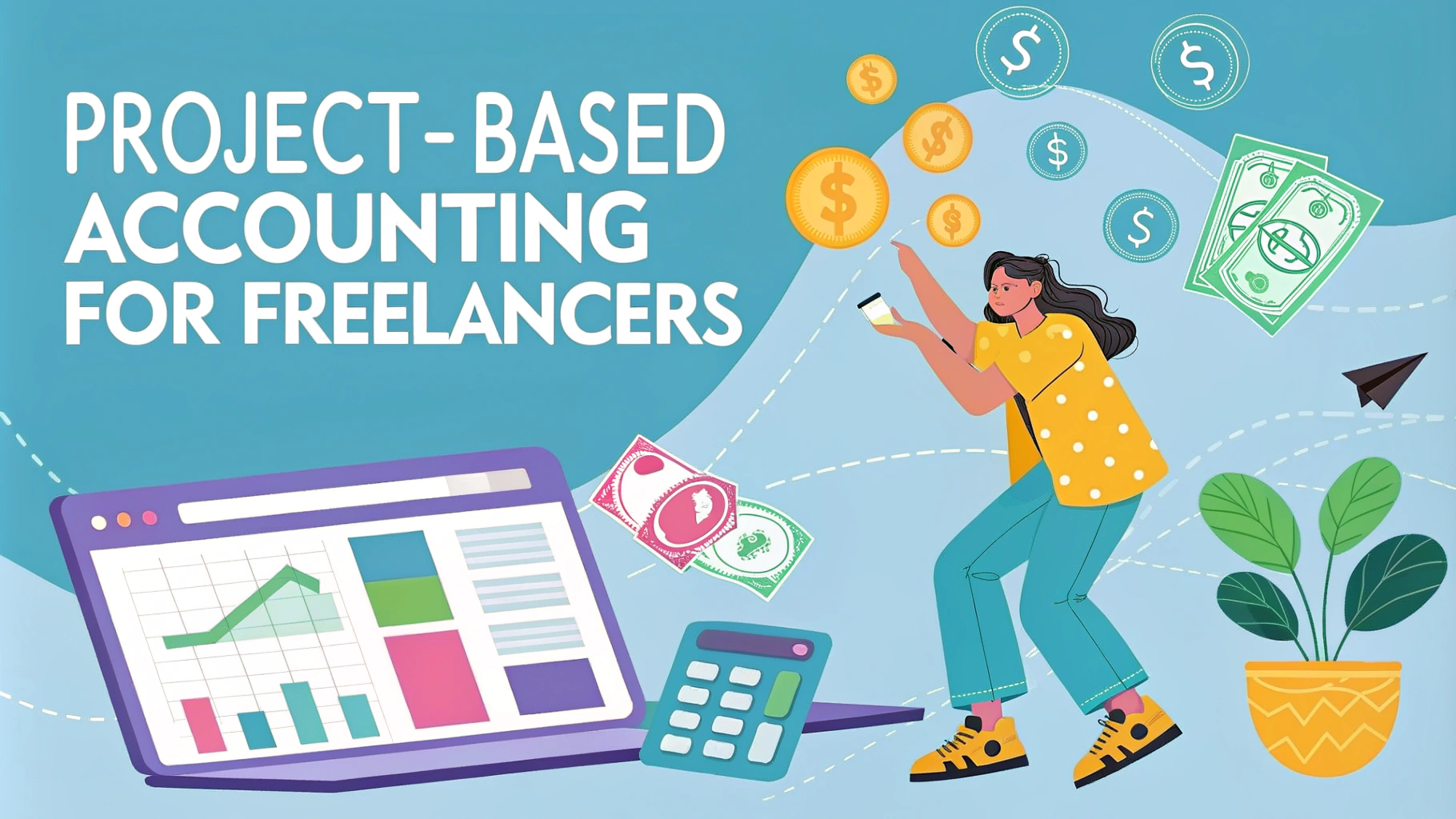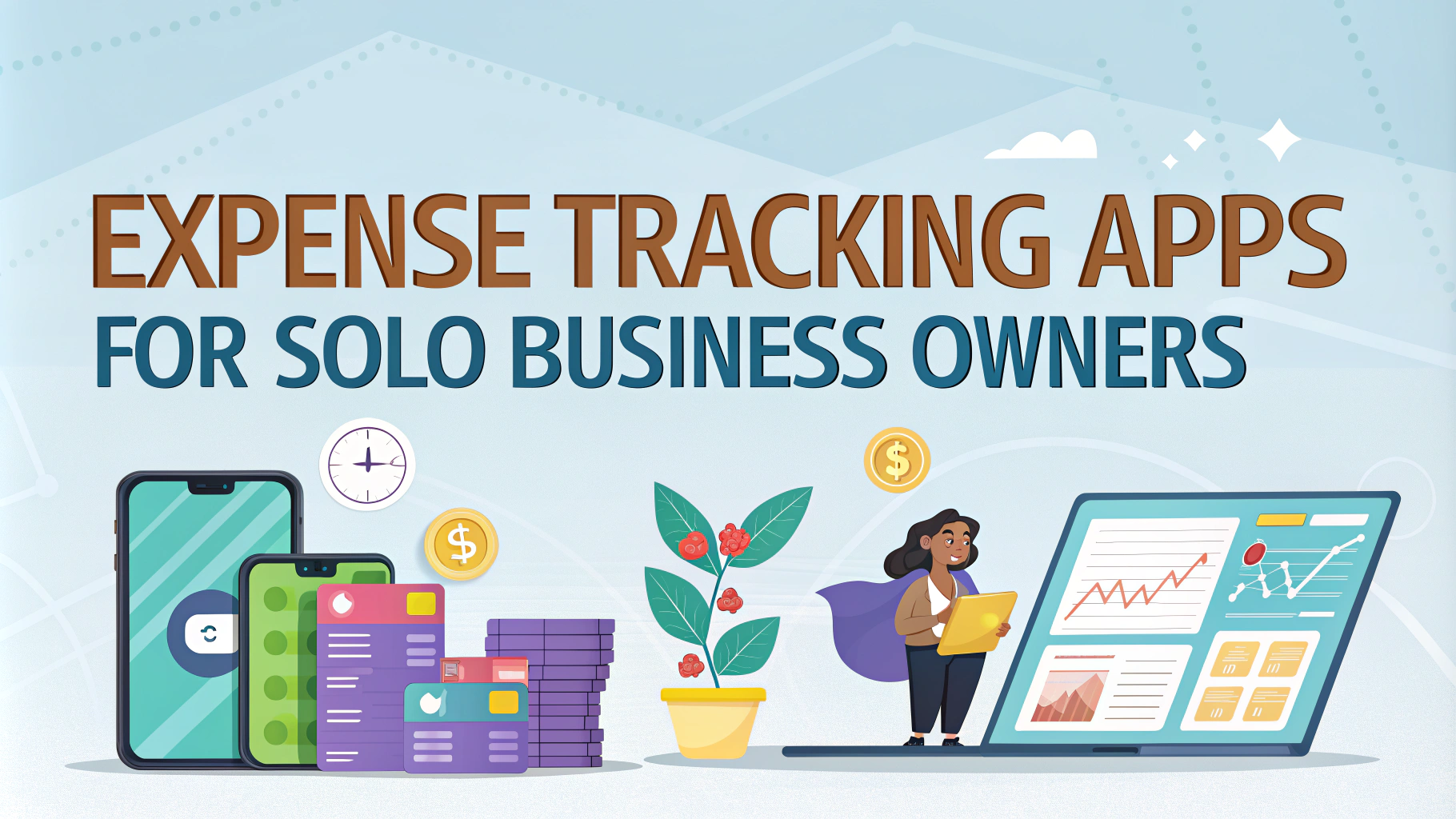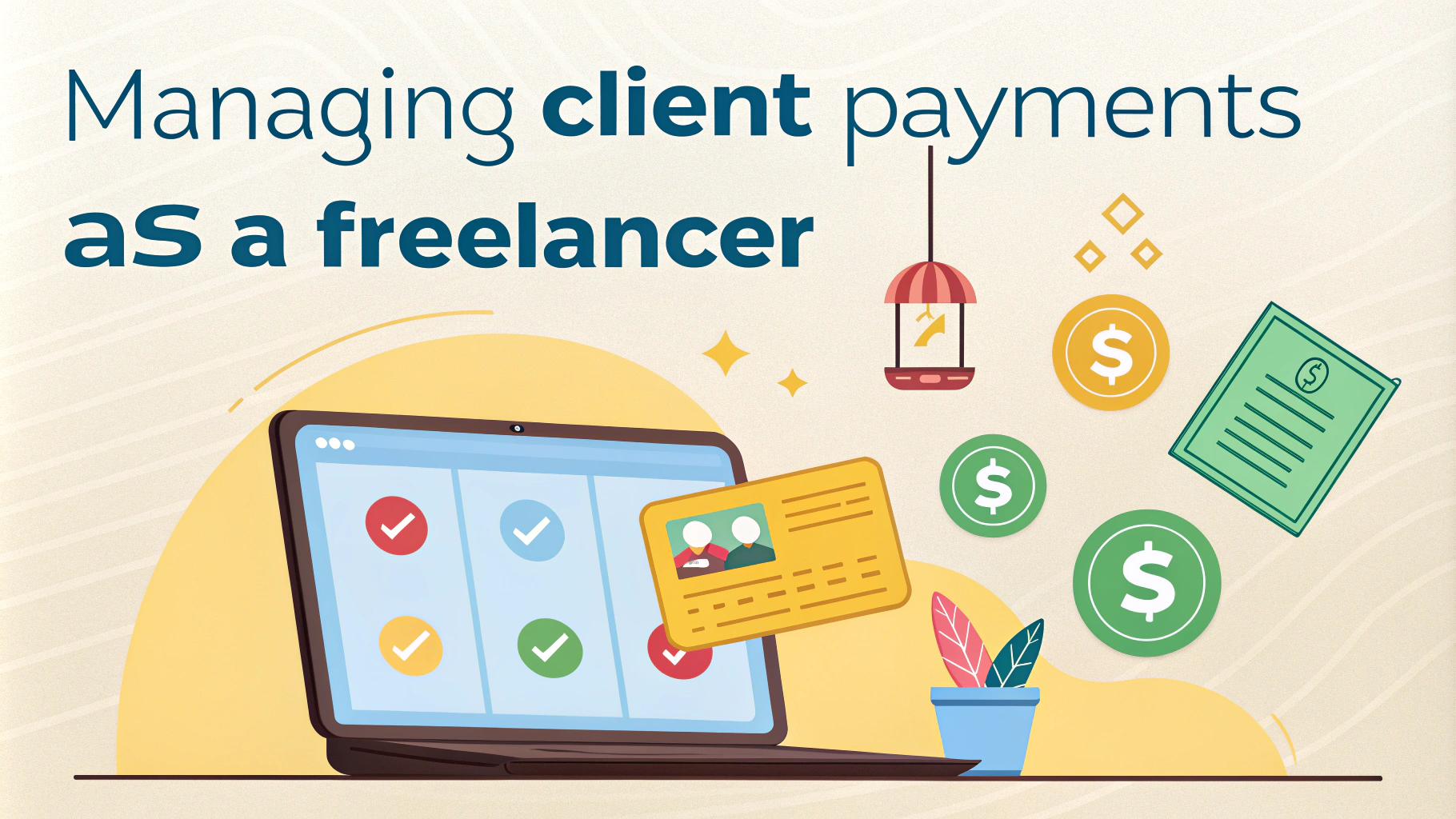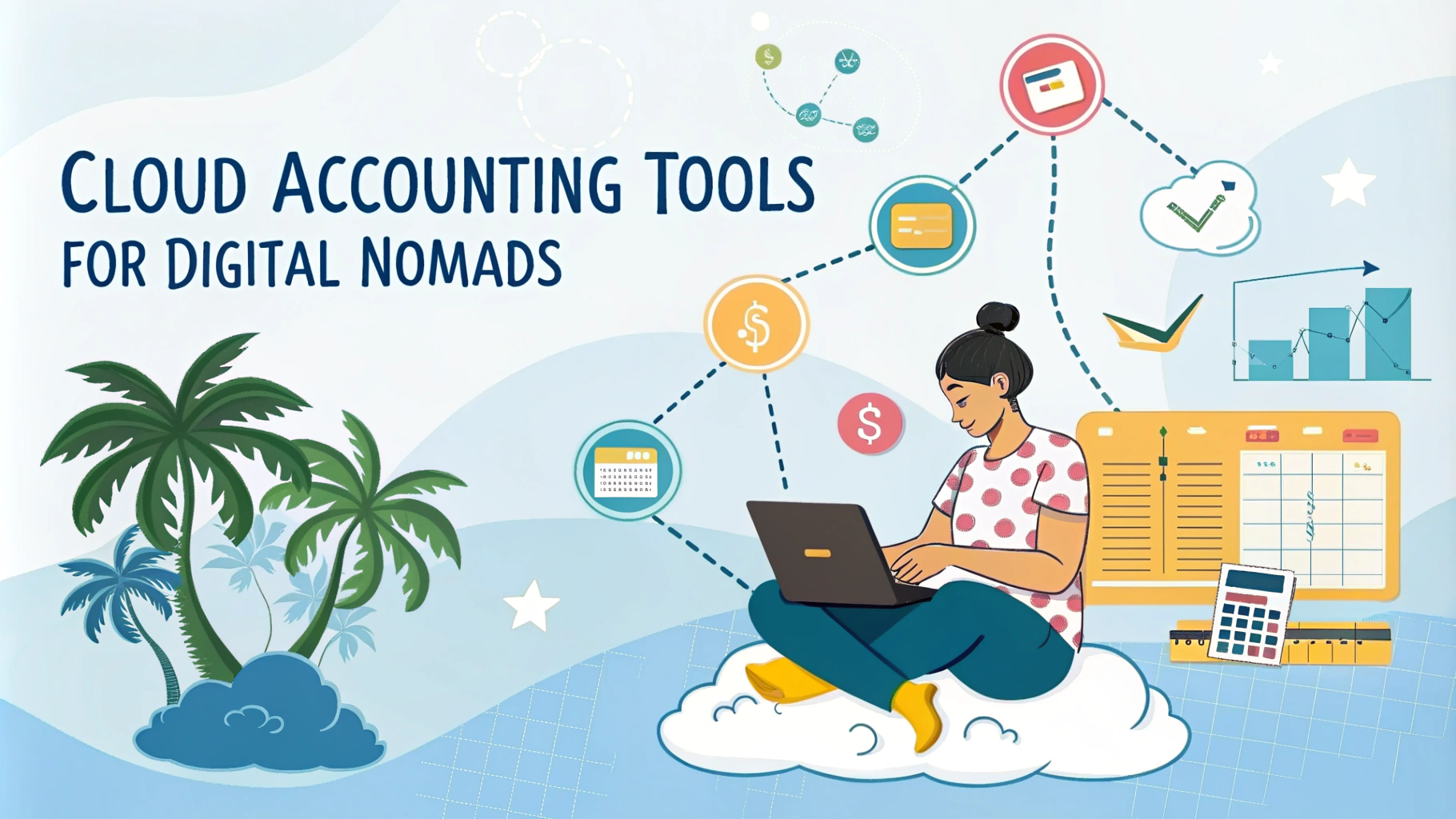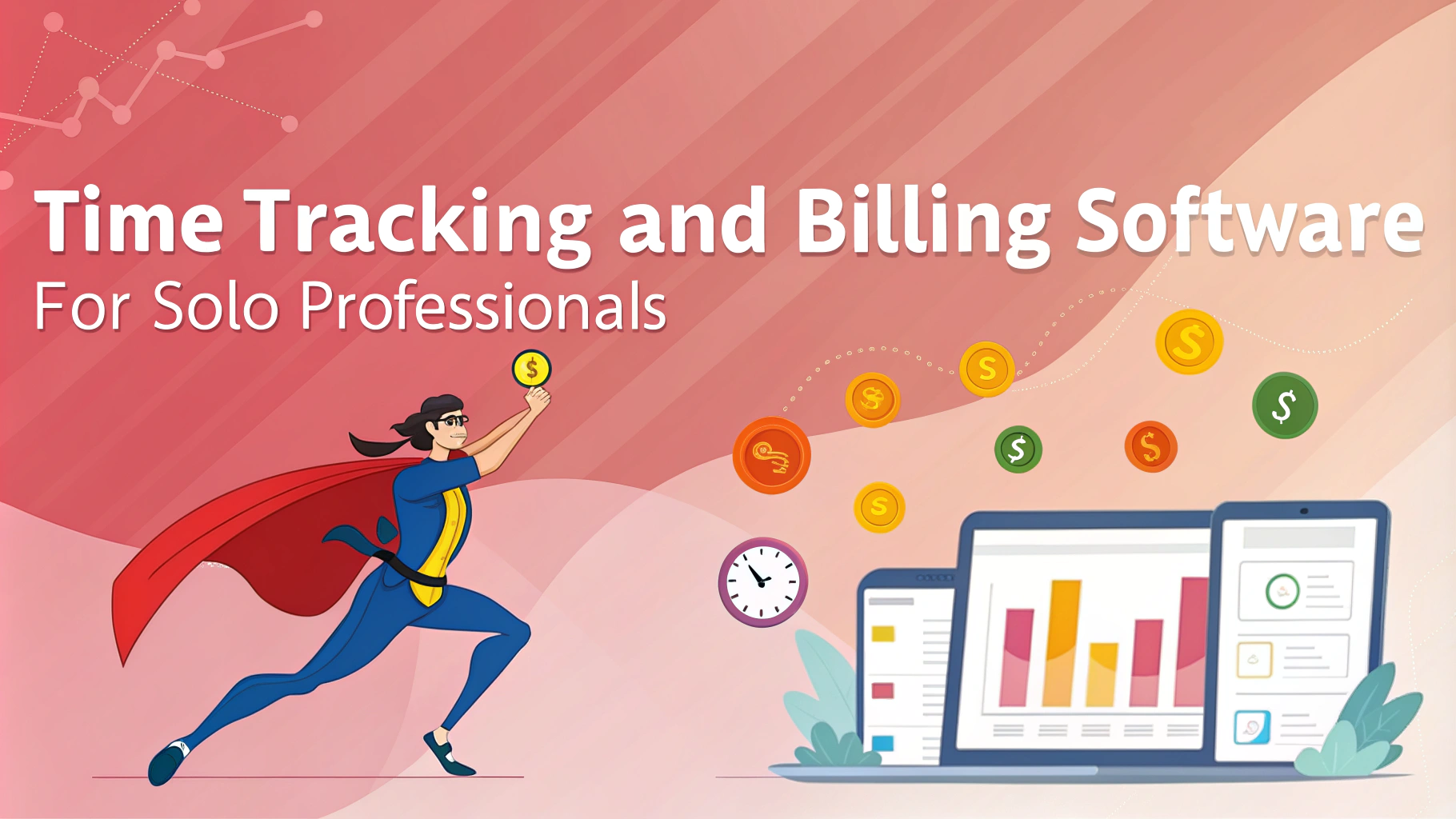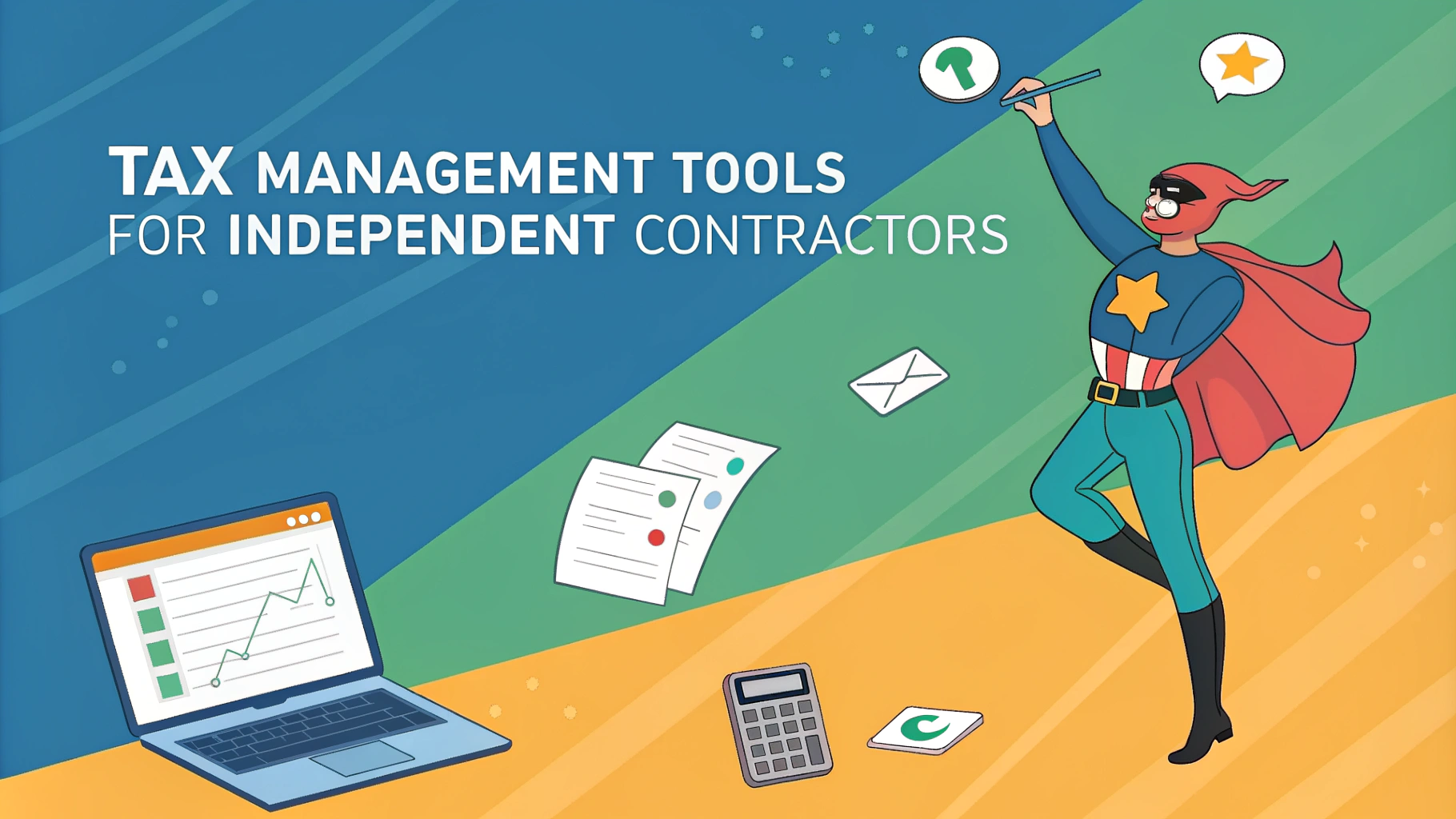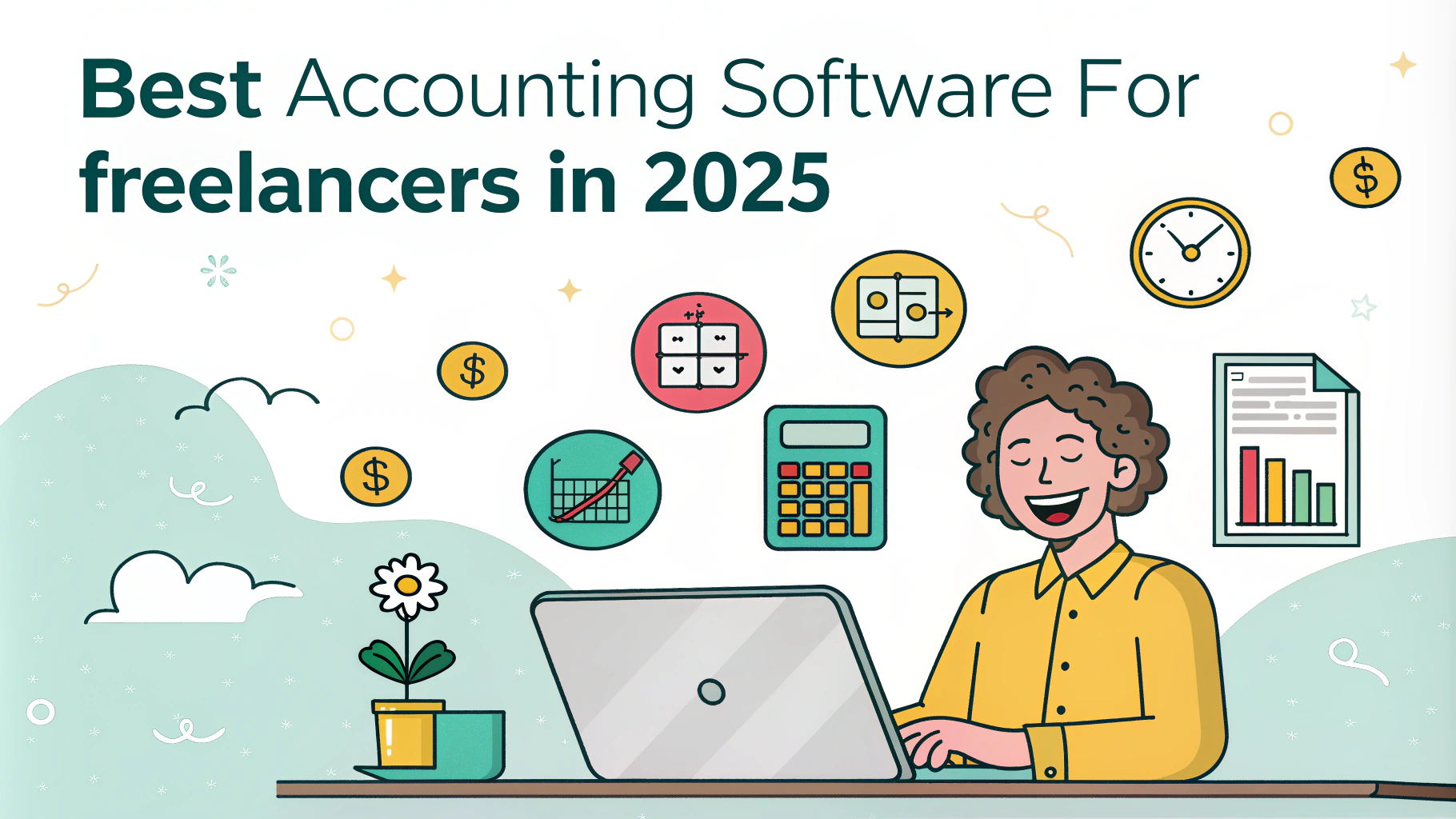Managing finances as a self-employed professional requires specific tools and strategies to track income, expenses, and tax obligations efficiently.
Essential Financial Planning Software
- QuickBooks Self-Employed
- Automatic mileage tracking
- Receipt capture
- Tax category sorting
- Starting at $15/month
- FreshBooks
- Time tracking features
- Professional invoicing
- Expense management
- Starting at $15/month
- Wave
- Free accounting software
- Basic bookkeeping features
- Payment processing available
Tax Planning Tools
Self-employed professionals should consider dedicated tax software like TurboTax Self-Employed or H&R Block Self-Employed to maximize deductions and maintain compliance.
Expense Tracking Apps
- Expensify – Automated receipt scanning and categorization
- Mint – Free personal finance management
- Zoho Expense – Business expense tracking with reporting
Retirement Planning Tools
Self-employed individuals can use retirement calculators from Vanguard or Fidelity to plan contributions to SEP IRAs or Solo 401(k)s.
Business Planning Software
| Tool | Best For | Starting Price |
|---|---|---|
| LivePlan | Business Planning | $20/month |
| PlanGuru | Financial Forecasting | $99/month |
Invoicing Solutions
- PayPal – Free invoice creation
- Square Invoices – Mobile-friendly invoicing
- Stripe – Automated billing and subscriptions
Time Management Tools
Self-employed professionals can track billable hours using tools like Toggl Track (free plan available) or Harvest ($12/month).
Banking Tools
- Mercury – Digital banking for businesses
- Novo – Free business checking accounts
- Axos Bank – Business interest checking
Tips for Tool Selection
- Choose tools that integrate with each other
- Start with basic versions and upgrade as needed
- Prioritize tools with mobile capabilities
- Look for automated features to save time
- Consider scalability for business growth
Security Considerations
- Enable two-factor authentication on all financial tools
- Regularly backup financial data
- Use encrypted connections for financial transactions
- Monitor account activity regularly
- Keep software updated with latest security patches
Integration Strategies
- Data Sync
- Connect banking tools with accounting software
- Link expense tracking to tax preparation tools
- Integrate time tracking with invoicing systems
Cost Management
Implement a tiered approach to tool adoption:
- Start with essential free tools
- Upgrade based on business growth
- Bundle services when possible
- Review subscriptions quarterly
Conclusion
Selecting the right financial management tools is crucial for self-employed success. Focus on integration capabilities, scalability, and security while maintaining a balance between functionality and cost-effectiveness. Regular review and optimization of your tool stack ensures continued efficiency and growth.
Frequently Asked Questions
1. What is the minimum set of tools needed for a self-employed professional?
At minimum, you need accounting software, a tax planning tool, and a reliable invoicing solution.
2. How much should I budget for financial management tools?
Plan to spend between $30-100 monthly depending on business size and needs.
3. Can I use personal finance tools for business purposes?
While possible, it’s recommended to use dedicated business tools for better tracking and tax compliance.
4. How often should I update my financial software?
Check for updates monthly and perform major software reviews annually.
5. Are free financial tools reliable for business use?
Many free tools like Wave are reliable for basic needs but may require upgrades as your business grows.
6. Should I use cloud-based or desktop financial software?
Cloud-based solutions offer better accessibility and automatic updates, making them ideal for most self-employed professionals.
7. How do I ensure data security when using multiple financial tools?
Use strong passwords, enable two-factor authentication, and regularly monitor account activity.
8. Can financial tools help with tax deductions?
Yes, most accounting software includes features to track and categorize deductible expenses.
9. What features should I prioritize in financial software?
Focus on ease of use, automation capabilities, reporting features, and integration options.
10. How do I transition between different financial tools?
Export data from existing tools, verify data accuracy, and maintain parallel systems temporarily during transition.


